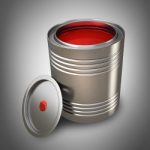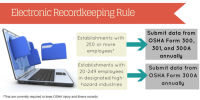Local EJ Ordinance Puts Crimp in Business Development
The city of Los Angeles recently passed an ordinance that could become a model for environmental justice land-use restrictions nationwide. Let’s take a look at a few aspects of the ordinance and how it could affect the compliance efforts of facilities caught in the thick of such local rules.










